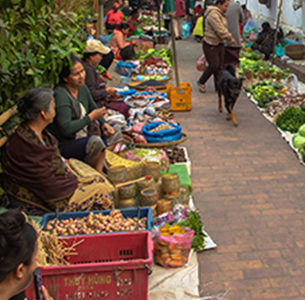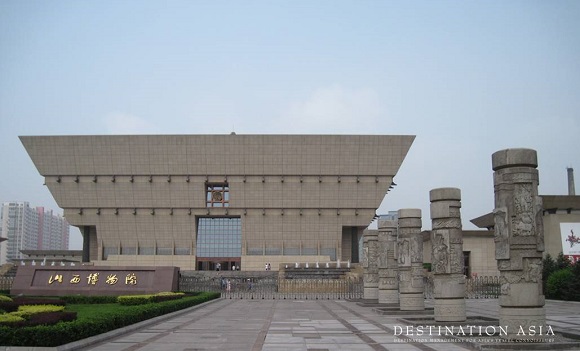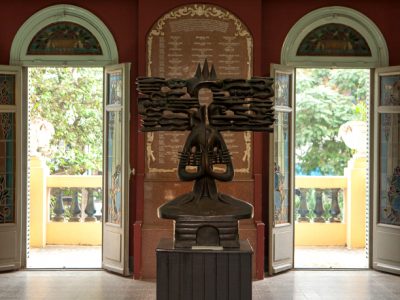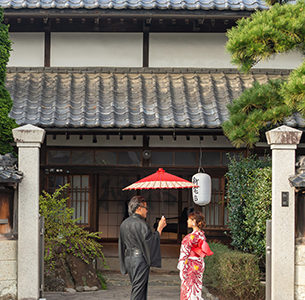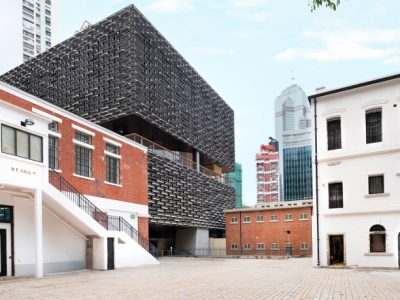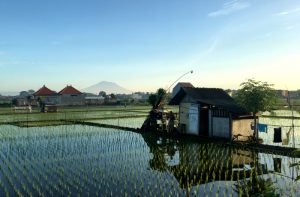 With the mighty Mt. Agung volcano covering news and headlines all over the world for nearly three months now, we here at Destination Asia Indonesia wish to provide you with a deeper insight on what is happening from our perspective.
With the mighty Mt. Agung volcano covering news and headlines all over the world for nearly three months now, we here at Destination Asia Indonesia wish to provide you with a deeper insight on what is happening from our perspective.
The alert level of the volcano remains at the highest possible status, Level 4, set by the Center for Volcanology and Geological Hazard Mitigation (PVMBG). Indonesian volcanologists, internationally considered amongst the best in the world, continue to observe Mt. Agung and an exclusion zone within an approx. 10km radius around the summit remains in place as a direct threat area for a potential larger eruption.
Destination Asia Indonesia has contingency plans in place for any situation, helping ensure there would be minimal disruption to its operations, while the safety of all guests is paramount. There are no reasons for guests not to visit Indonesia or be afraid to come to Bali.
BALI REMAINS SAFE
Outside the exclusion zone, which affects just a tiny 2% of the whole island, Bali is as safe as it has ever been. Despite what you might have seen in the media about our beautiful island, the mountain is in fact not doing much at all.
There is of course no room for negligence, as there is a lot of magma movement inside the mountain trying to make its way to the top, but even with a larger eruption, Bali’s main tourism areas will not be in any serious danger. The worst-case scenario would be the temporarily closure of Bali’s International Airport, located 70km away from the mountain, as it could be affected by wandering ash clouds. These ash clouds are very much determined by wind directions and conditions, which are at present forecasted to continue in favor, blowing eastwards, away from the main tourism destinations.
INSIDE THE MOUNTAIN
Mt Agung was dormant for over 50 years and started to slowly wake up in August 2017, causing Indonesian and foreign experts to raise the alert levels in September as magma moved up from the earth’s mantle, seeking a way to escape.
At the end of November an initial pyroclastic eruption occurred, followed by several further eruptions and a constant spill of smoke and ashes, resulting in the closure of Bali’s airport for two and a half days. Since then Mt. Agung is steadily venting day by day with seismic activity continually recorded. The crater is filled to about a third of its capacity with an estimated 20,000 cubic meters of hardened lava, but the process of further filling the crater has come to halt since early December. Ash plumes ejecting from the crater have decreased since mid-December.
We are relying on the latest information from multiple expert sources to guide us and we are pleased to provide the following links to provide up-to-date information:
Official Press Releases: https://magma.vsi.esdm.go.id/press/
Bali Tourism Task Force: http://www.balitourismboard.or.id/page/mountagung
Ash Cloud Advisory – http://www.bom.gov.au/info/vaac/advisories.shtml
Seismic Activity – https://magma.vsi.esdm.go.id/live/seismogram/
Live Feed – https://www.youtube.com/watch?v=f8oOdj_aKf0
THREATS
The largest threat to Bali is the lack of tourism to the island which automatically impacts neighboring islands as well. Resorts and activity suppliers are missing out on business, shops are closing and many local people have lost their jobs as a result.
Not forgetting the thousands of people living on the flanks of the mountain who had to evacuate. They are being accommodated in camps with assistance from the government, NGOs, as well as donations of money and goods by local supporters including Destination Asia Indonesia.
Please spare also a thought with us for the non-tourist part of the island and for these Balinese people who have been uprooted from their homes and are living in makeshift camps. Please contact us if you would like to know more on how to provide support for these people.
STAY POSITIVE
Volcanoes are nothing new to Indonesia, or indeed New Zealand, Italy, the US Northwest, etc. Indeed, on many of our Destination Asia excursions we take guests climbing on them or even watch them erupt from a safe distance. There’s nothing quite as awe-inspiring as a volcano, you just have to look positively at the experience and embrace the adventure.
DESTINATION ASIA INDONESIA’S PLANS
Whilst a possibly larger eruption of Mt. Agung could affect the operation of some of our tour programs in Bali, all other areas in Indonesia remain safe to visit.
Already in September when the alert of the volcano observatory was raised to the highest level, we had worked out contingency plans. All our vehicles are equipped with certified dust masks for our guests, as well as the guides and drivers, and we have determined evacuation routes and safe assembly points for all areas we are visiting in Bali.
Airport closures are nothing new for us in Bali as we have experienced these several times before during volcanic eruptions on the nearby islands of Lombok and Java. In the event of this situation, our team is is on hand to make sure guests can reach their intended destinations with a minimum of disruption.
The fear of potentially being stranded in Bali should volcanic ash close the airspace over Bali has been addressed by establishing alternative routes for our guests, which have been proven sufficient during previous airport closures. Overland transfers can be arranged to other gateways in East Java such as Surabaya and Banyuwangi, connecting from there to onward departures. In certain cases we can also employ the use of speed boat transfers to Lombok as an option to reach international departure flights.
We hope this has gone some way to alleviating fears and concerns. It is indeed business as usual for us, as we want to share the pleasures of the archipelago with you all.





